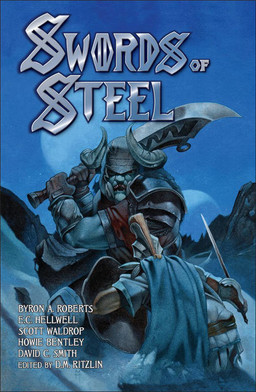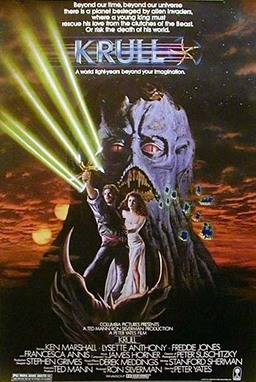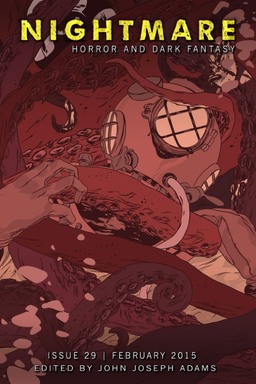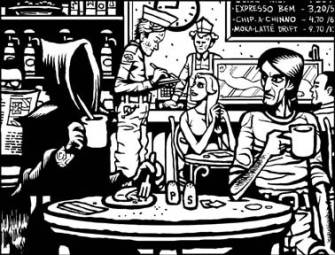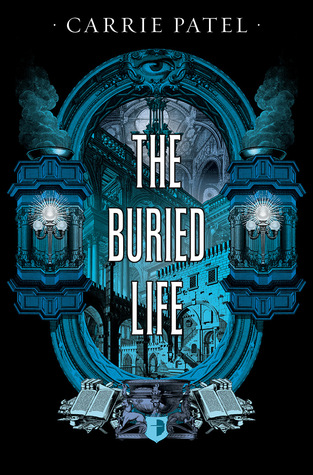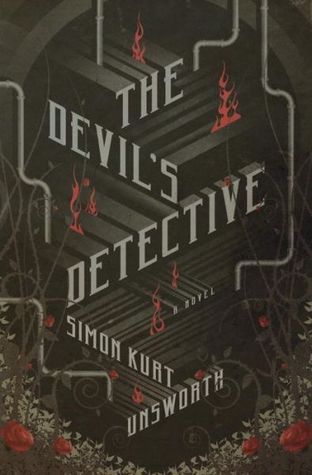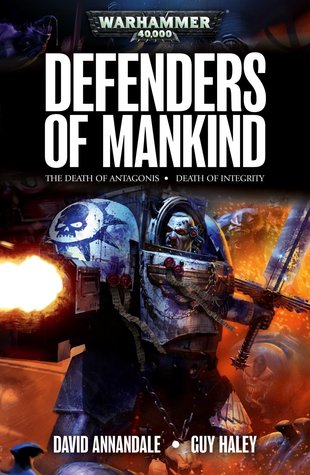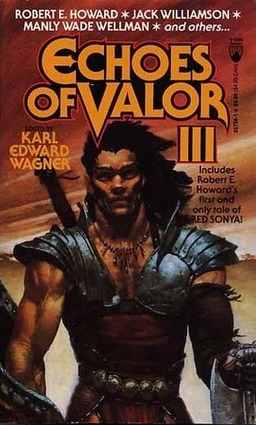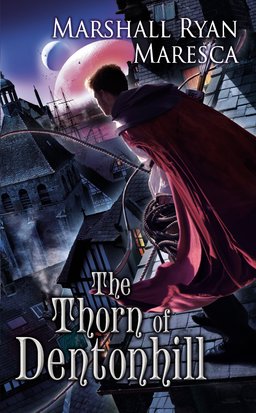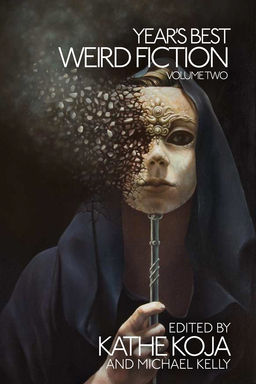Vintage Treasures: Damnation Alley by Roger Zelazny
 |
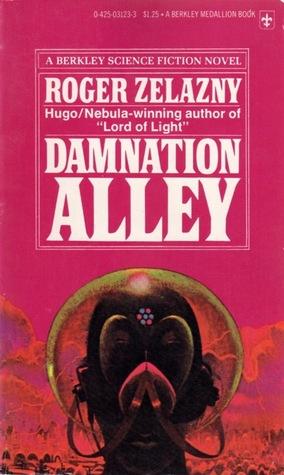 |
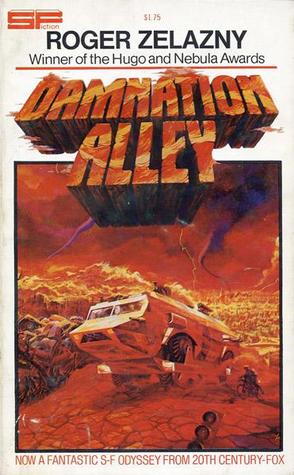 |
Roger Zelazny is one of my favorite authors. He wrote a wide range of fantasy, from Hugo-winning science fantasy (the brilliant Lord of Light) to a wildly original epic (the ten-volume Chronicles of Amber) to Sherlock Holmes-Lovecraft pastiche (A Night in the Lonesome October). Only one of his novels has ever been adapted for the screen, however: his post-apocalyptic adventure Damnation Alley, first published in hardcover by Putnam in 1969 (above left, cover by Jack Gaughan).
The book follows Hell Tanner, a condemned murderer, who’s offered a pardon if he will attempt a suicidal run across the blasted terrain from L.A. to Boston to deliver a plague vaccine. Tanner faces radioactive storms, 120-foot-long snakes, killer bats, giant mutated scorpions, and desperate human survivors as he traverses the thin habitable zone zig-zagging across the nuclear-scarred ruins of America. The movie, which barely rises above the level of camp, was expected to be a major blockbuster. But it had the misfortune to be released the same year as Star Wars, and it sank without a trace.
The movie did a lot of things wrong… but one thing it did right was to focus much of the marketing on Tanner’s sweet ride: the Landmaster, a gigantic, grenade-throwing, nearly impenetrable all-terrain vehicle. It was custom designed for the film. Only one was every built — at a staggering cost of $350,000 in 1976 — and it still survives today. That’s why it pays to get the extended warranty, especially during periods of nuclear armageddon.
